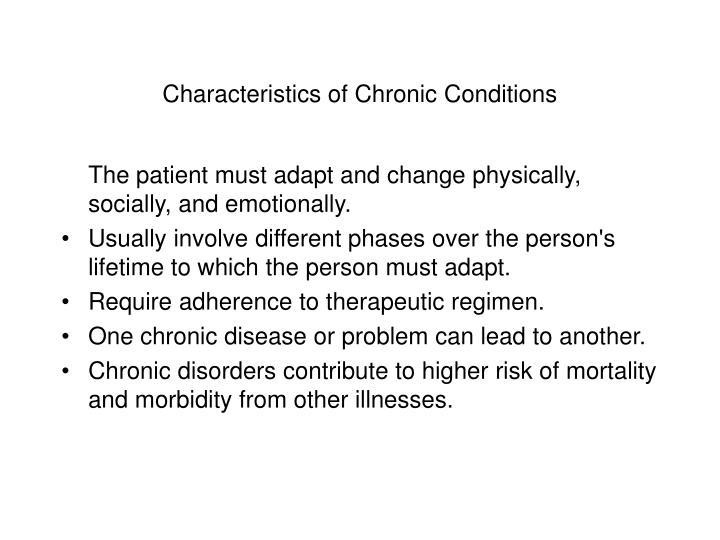
It’s residency after all-most medical students are so nervous and excited about moving into specialty training that the urge to be wordy and heavily self-marketing would be all but irresistible were there no limit.īut with constraint comes the demand for creativity, and you and your evaluators will need to be surgically precise-and downright artful-to make these stand out. Were there no limit, these characteristics would surely be sprawling, heavily qualified descriptions of complex behaviors and traits. It is an incredibly challenging exercise in being concise. These can include things like hobbies, work experiences, non-academic roles, and so on, but they all need to be aimed at presenting an honest picture of you as a capable and desirable candidate for residency.Ĭrucially, there is a strict limitation on the entries in this section: each Noteworthy Characteristic must be described in a maximum of 2 sentences. It asks for a list of 3 characteristics that your evaluators feel best represent you and your abilities. The Noteworthy Characteristics section differs greatly from these sections. To understand the role of the MSPE Noteworthy Characteristics section in the overall document we should briefly lay out each of the MSPE’s sections: doi:10.What is the MSPE Noteworthy Characteristics Section? The psychoneuroimmunology of chronic disease: Exploring the links between inflammation, stress, and illness.

Cognitive-behavioral therapy for individuals with chronic pain: efficacy, innovations, and directions for research. Cannabis and cannabinoids for the treatment of people with chronic noncancer pain conditions: a systematic review and meta-analysis of controlled and observational studies. Managing multiple chronic conditions: a strategic framework for improving health outcomes and quality of life. Treating complexity: collaborative care for multiple chronic conditions. Dysthymic disorder and double depression: prediction of 10-year course trajectories and outcomes. Health and Economic Costs of Chronic Diseases.Ĭenters for Disease Control and Prevention. RAND Corporation.Ĭenters for Disease Control and Prevention. Multiple Chronic Conditions in the United States. This is one example of mindfulness, or the practice of observing your thoughts, feelings, and physical sensations in a non-judgmental way, which can be done anytime, anywhere.īuttorff C, Teague R, Bauman M. Breathing and mindfulness: Paying attention to something as simple as your breath (inhaling and exhaling deeply) can be a go-to technique for staying in the moment and keeping yourself calm when you get overwhelmed by your illness.Try writing down your worries before bed, creating a relaxing nighttime ritual (like a warm bath or meditation), and be mindful of proper sleep hygiene (which should include keeping your bedroom cool and electronic-free and avoiding alcohol, caffeine, and heavy exercise too close to shut-eye). If you begin having trouble sleeping, the worry and stress of living with a chronic illness may be to blame. Sleep: A good night's rest is crucial for managing pain, depression, stress, and more.That said, working with your healthcare team to create a quality diet and consistent exercise plan can help your body and mind function at its best.

Diet and exercise: Of course, what you eat and how much you exercise will depend on the type of chronic illness you're coping with.Journaling is also a great way to get a handle on emotions that may be interfering with feeling your best. Journaling: Writing down your symptoms (both physical and mental) can help you track your illness so you can better prepare for the ups and downs.


 0 kommentar(er)
0 kommentar(er)
